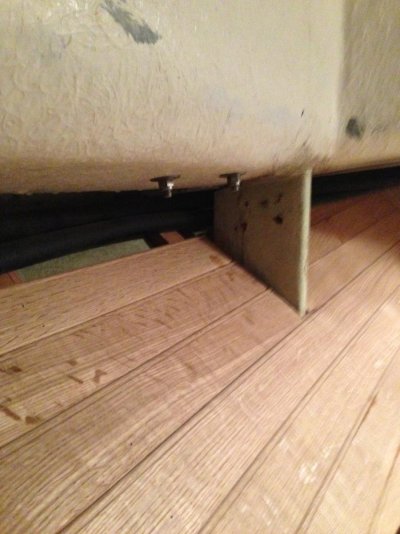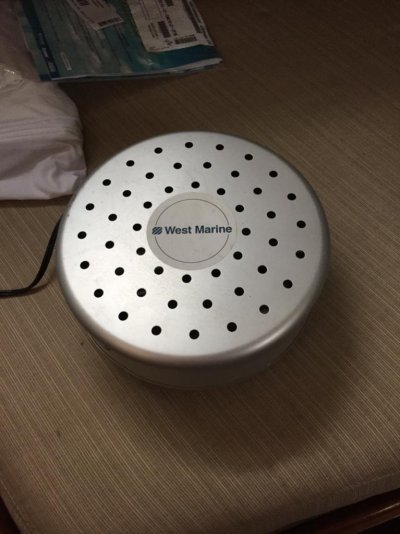steelguy
Veteran Member
Having just finished covering my berth hull walls with white oak paneling, I have become acutely aware of a condensation problem in my fiberglass Sisu. The condensation literally drips off the 1/4" thick 10" high vertical transition from the thicker 1-1/4" bow deck and adjoining gunwales. My boat is up in Alaska and when the interior space is warmer than the exterior, the oak, yet to be sealed and finished, gets pretty wet. My plan at the moment is to cover the interior ceiling surfaces, including the thinner 1/4" step sections, with synthetic carpet tiles. I'm hoping that the carpet will create a thermal break and stop the condensation. That being said, I am altogether open to any suggestions.





